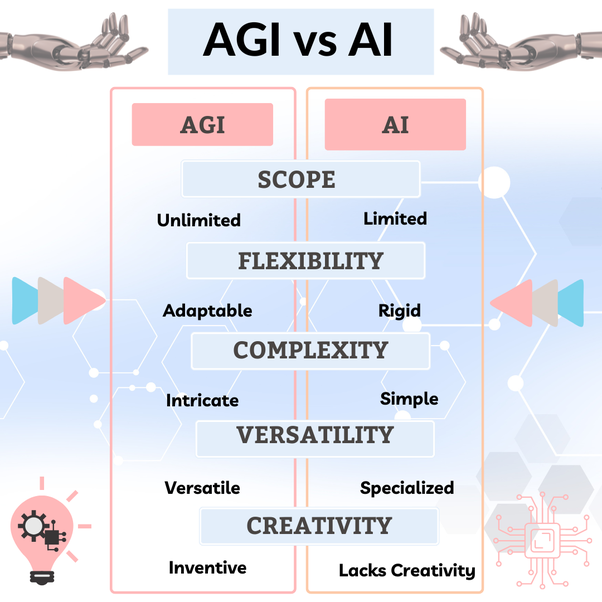Meta CEO Mark Zuckerberg recently unveiled ambitious plans to develop Artificial General Intelligence (AGI) and commit to responsibly open-sourcing it for public use. In a video shared on Instagram, Zuckerberg underscored the pivotal role of AGI in advancing AI chatbots and assistants, with the ultimate goal of creating an open-source AGI platform for widespread benefit.
Some updates on our AI efforts. pic.twitter.com/dv2PnCcwCy
— Mark Zuckerberg (Parody) (@MarkCrtlC) January 19, 2024
Zuckerberg highlighted the evolving need for AGI, stressing its significance in powering the next generation of services, including the development of superior AI assistants tailored for creators, businesses, and various applications. The company envisions constructing a comprehensive general intelligence system, responsibly open-sourcing it, and ensuring widespread accessibility for the benefit of everyone.

This strategic move aligns with similar initiatives from industry leaders such as OpenAI and Google, who have also invested significantly in generative AI. Notable models like Google’s Gemini and Meta’s Llama 2 have played crucial roles in applications like AI chatbots and smart glasses.

Fundamentally, the difference between Artificial Intelligence (AI) and Artificial General Intelligence (AGI) lies in AGI’s capacity for generalization. While traditional AI often focuses on specific tasks, AGI aims for broader and more adaptable intelligence suitable for a diverse range of applications. Meta’s commitment to AGI development reflects a collective industry effort to push the boundaries of intelligent systems, contributing to the evolution of advanced technologies.
Let’s break down the distinctions between Artificial Intelligence (AI) and AGI:
Definition:
AI (Artificial Intelligence):
AI refers to machines or computer systems designed for specific tasks, showcasing capabilities like problem-solving, learning from experience, understanding natural language, and recognizing patterns.
AGI (Artificial General Intelligence):
AGI takes AI to the next level by aiming to possess intelligence that is applicable across a wide range of tasks, resembling human intelligence. It aspires to be a machine with the adaptability to understand, learn, and apply knowledge across diverse domains.

Scope of Tasks:
AI:
AI systems are meticulously crafted for specific functions, such as image recognition, voice assistance, and recommendation systems. While they demonstrate exceptional proficiency within their predefined tasks, their capabilities are confined to the designated domains.
AGI:
AGI sets itself apart through its expansive scope of tasks. Possessing unparalleled adaptability and generalization, AGI seamlessly navigates transitions from one task to another. It contrasts starkly with AI’s more limited capacity, highlighting the distinctive feature of AGI’s ability to operate across a broader spectrum of activities.
Learning and Adaptation:
AI:
Trained for specific tasks using predefined algorithms and large datasets, AI cannot generalize its learning to unrelated tasks.
AGI:
Possessing the ability to learn from one task and apply knowledge to perform new, unseen tasks, AGI reflects human-like learning capacity and adaptability.
Understanding Context:
AI:
Struggles with contextual nuances, occasionally misinterpreting commands due to a lack of comprehensive contextual understanding.
AGI:
AGI is envisioned to possess a profound grasp of context, empowering it to make decisions with a level of understanding akin to human cognition. This heightened contextual awareness proves indispensable when dealing with the intricacies inherent in a wide array of tasks.
Human-Like Reasoning:
AI:
Operates on predefined rules and patterns, lacking the independent, human-like reasoning seen in AGI. It excels within its specific domain but lacks cognitive flexibility.
AGI:
Aspires to emulate human-like reasoning, allowing it to tackle a myriad of tasks with cognitive flexibility and problem-solving akin to human intelligence.
While AGI remains a theoretical concept, ongoing AI advancements bring us closer to realizing more intelligent and adaptive machines. The potential use of AGI by the public presents both opportunities and challenges, including accelerated development, increased transparency, security risks, ethical concerns, and regulatory challenges. As we navigate this evolving landscape, collaborative efforts and responsible deployment will be crucial for harnessing the benefits of AGI while mitigating potential risks.




